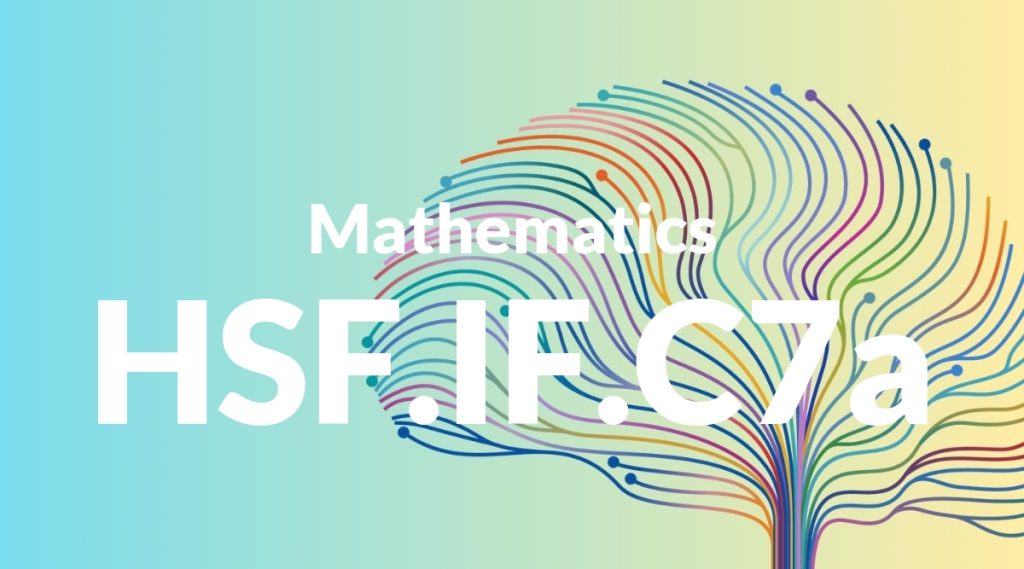Standard: HSF.IF.C7a – Graph linear and quadratic functions and show intercepts, maxima, and minima.
Grade level: High School: Functions
Subject: Mathematics
Domain: Interpreting Functions
Teacher Overview
This standard focuses on graphing linear and quadratic functions, highlighting key features such as intercepts, maxima, and minima. Understanding these concepts is crucial as they form the foundation for more advanced topics in mathematics, including calculus and real-world applications in various fields. Students should be comfortable with basic algebra, including solving linear equations and understanding the concept of functions. They should also be familiar with the coordinate plane and how to plot points.
Mastering this standard prepares students for more advanced topics such as exponential and logarithmic functions, and calculus concepts like limits and derivatives.
Common Misconception 1
A common misconception is that the vertex of a quadratic function is always on the y-axis. This is incorrect because the vertex’s position depends on the coefficients and constants in the quadratic equation, which can shift the graph horizontally.
Intervention 1
To address this misconception, use graphing technology to show how changing the coefficients and constants affects the position of the vertex. Provide multiple examples to illustrate this point.
Common Misconception 2
Another misconception is that linear functions can have maxima or minima. This is incorrect because linear functions have a constant rate of change and do not curve, meaning they do not have points of maximum or minimum values.
Intervention 2
To correct this misconception, provide several examples of linear functions and discuss their graphs. Emphasize that linear functions are straight lines with no curves, hence no maxima or minima.
Prerequisite Knowledge
Students should have a basic understanding of algebraic expressions, linear equations, and the concept of a function. Familiarity with coordinate planes and plotting points is also essential.
Subsequent Knowledge
After mastering this standard, students will be able to analyze more complex functions, including exponential and logarithmic functions. They will also be prepared to tackle calculus concepts such as limits and derivatives.
Instructional Activities
- Graph various linear and quadratic functions using graphing calculators or software.
- Identify and label the intercepts, maxima, and minima on the graphs.
- Solve real-world problems that can be modeled using linear and quadratic functions.
- Compare and contrast the graphs of linear and quadratic functions.




